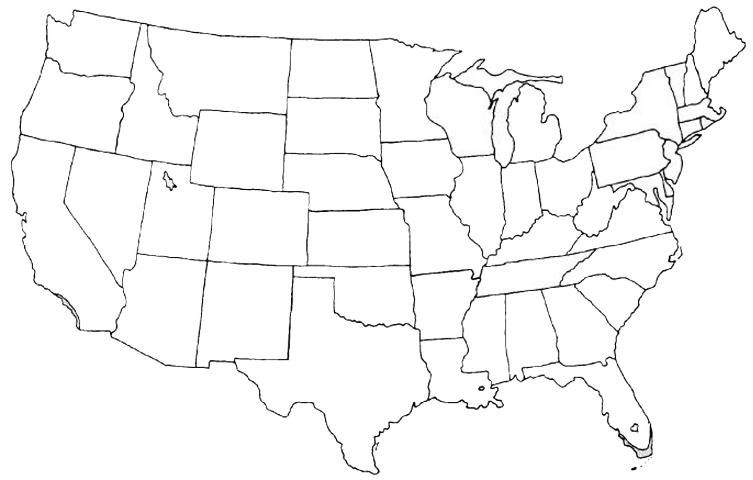Introduction
Chiococca pinetorum is a handsome, low scrambling shrub that can reach a height of 10 feet if given a support to climb upon (Figure 1). It climbs into neighboring trees and shrubs in the wild. The leathery leaves of the snowberry are evergreen, shiny, and dark green in color. They are smaller than C. alba. White or purple-white, tubular flowers are found in the leaf axil and occur in 3-inch-long racemes or panicles. Each raceme or panicle is tipped with 6 to 8 of the flowers, and these flowers turn from white to yellow with time. The common name used for this shrub refers to the large, ovoid, sparkling white fruits that follow the delightful flowers.

Credit: Edward F. Gilman, UF/IFAS
General Information
Scientific name: Chiococca pinetorum
Pronunciation: kye-oh-KOE-kuh pye-net-TOR-um
Common name(s): pineland snowberry
Family: Rubiaceae
Plant type: ground cover
USDA hardiness zones: 10B through 11 (Figure 2)
Planting month for zone 10 and 11: year round
Origin: native to Florida
Invasive potential: not known to be invasive
Uses: espalier; mass planting; foundation; ground cover
Availability: grown in small quantities by a small number of nurseries

Credit:
Description
Height: 2 to 3 feet
Spread: 3 to 6 feet
Plant habit: spreading; round
Plant density: open
Growth rate: slow
Texture: medium
Foliage
Leaf arrangement: opposite/subopposite
Leaf type: simple
Leaf margin: entire
Leaf shape: ovate
Leaf venation: pinnate
Leaf type and persistence: evergreen
Leaf blade length: less than 2 inches
Leaf color: green
Fall color: no fall color change
Fall characteristic: not showy
Flower
Flower color: white; white-purple
Flower characteristic: flowers periodically throughout the year
Fruit
Fruit shape: round
Fruit length: less than .5 inch
Fruit cover: fleshy
Fruit color: white
Fruit characteristic: attracts birds
Trunk and Branches
Trunk/bark/branches: typically multi-trunked or clumping stems; not particularly showy
Current year stem/twig color: green
Current year stem/twig thickness: thin
Culture
Light requirement: plant grows in part shade/part sun
Soil tolerances: acidic; alkaline; sand; loam
Drought tolerance: high
Soil salt tolerances: unknown
Plant spacing: 36 to 60 inches
Other
Roots: usually not a problem
Winter interest: no special winter interest
Outstanding plant: not particularly outstanding
Invasive potential: not known to be invasive
Pest resistance: no serious pests are normally seen on the plant
Use and Management
This plant may be used as a tall ground cover in a partially shaded or sunny location. Plants blend together making a loose mass of foliage several years after planting on 4- to 5-foot centers.
The snowberry is a shrub that needs a well-drained soil. It will grow well on sandy loam soils and can tolerate dry conditions. This plant can be found near coastal areas throughout Florida and will usually survive without care once it becomes established.
Pest and Diseases
Chewing insects may occasionally be a problem for Chiococca pinetorum.